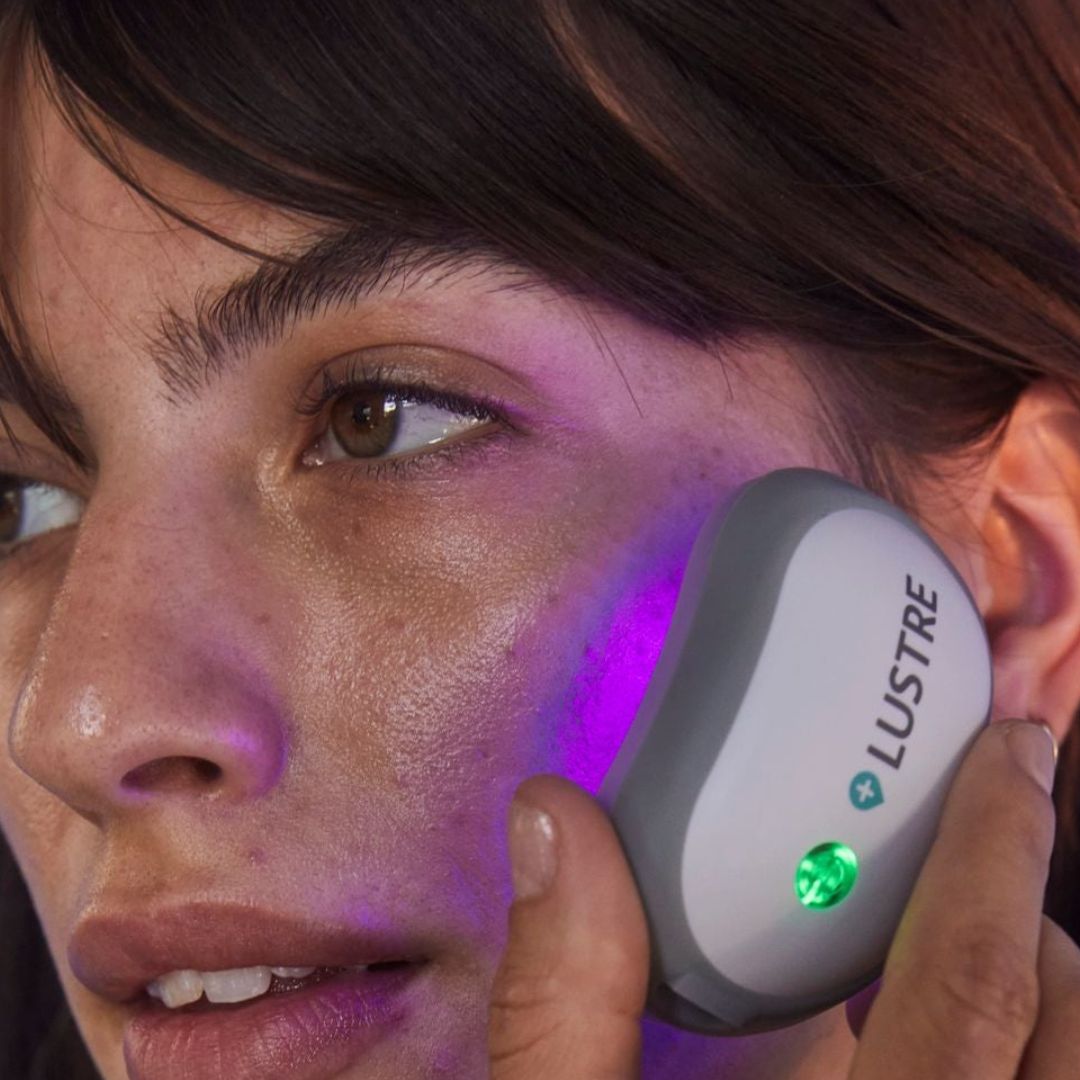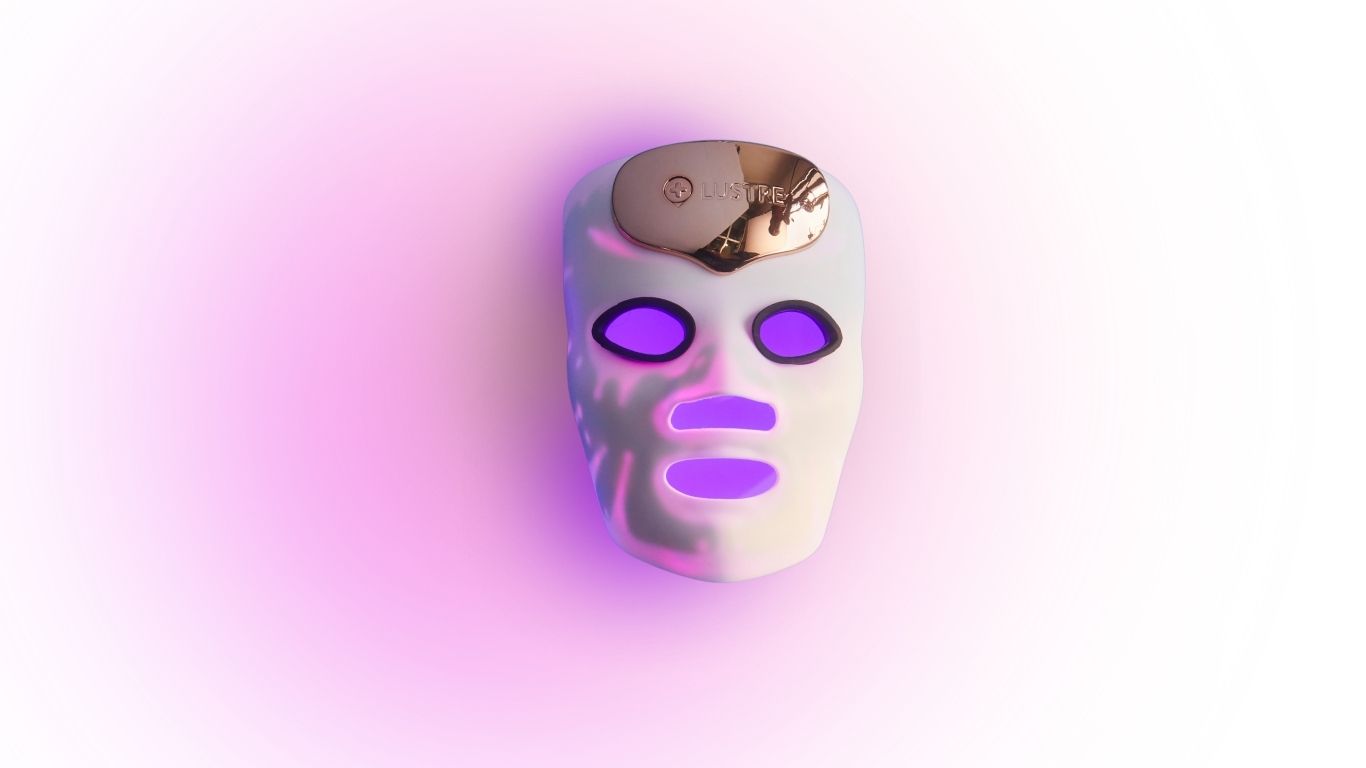The Truth About LED Light

Everyone wants clear skin, especially when it comes to our faces.
Acne-free skin is associated with better self-esteem, social lives, and professional lives. However, many people struggle with acne for years before finding a solution that works for them. In this blog post, we will explore the best ways to get clear skin with LED light.
Dr Sam Robson has more on that, so, let's shine some light on acne management!
Using light therapy to help to manage and treat acne is a relatively new development
In order to understand how and why light therapy is an effective option we should first recap on the underlying causes of acne.
Our skin should provide an effective barrier against the environment – in healthy skin, there are pores which have an oil producing gland within them. This oil/ sebum passes freely onto the skin surface keeping it supple and soft. Naturally our skin and body co-exist with bacteria and, in health, these are kept in balance posing no threat to our complexion or well-being.
Acne starts with a blocked pore
The oil becomes trapped and builds up behind the blockage. This oil, rich in nutrients, provides a perfect environment for bacteria to multiply - the healthy balance is lost and as the bacteria increase in number, they overwhelm the skin’s defences, causing inflammation.
The inflammation is experienced as pain and redness. Surprise, surprise - you get acne.
Light therapy can be effective because it addresses many of these issues at a cellular level. Despite the blocked pore, light energy can penetrate the skin and exerts various effects depending on its wavelength.
Blue light (415nm) kills bacteria by interfering with the metabolism within the organism, causing it to self destruct. Because there is no possibility of the bacteria becoming resistant to this process blue light is more effective than antibiotics which can very quickly lose their effectiveness.
Red light (633nm) inhibits the pore blocking processes, reduces inflammation, as well as lowering excess oil/ sebum production.
It increases the supply of oxygen to the skin as well as improving the circulation. Red light also increases the production of collagen and elastin.
These processes serve to repair damaged tissue and thus improves the skin’s texture as well as enhancing wound healing. Red light can also help to destroy bacteria.
Patients with acne typically have sensitive and inflamed skin as a result of the acne-causing processes. Many topical products can often be harsh and further aggravate damaged skin. Using chemical-free, non-topical treatment such as red/blue light therapy has proved to be an effective treatment option since it addresses the underlying disease causing process whilst promoting and supporting healthy skin.

 DR SAM ROBSON - TEMPLE MEDICAL CLINIC, ABERDEEN.
DR SAM ROBSON - TEMPLE MEDICAL CLINIC, ABERDEEN.





